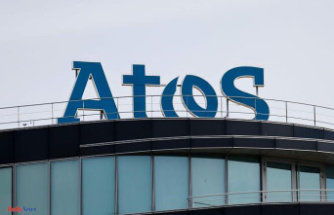The lifeblood of any business is delivering a service or a product to a customer as planned or promised. Inventory management specialists understand that striving for inventory optimization - through appropriate planning and execution of efficient inventory management is an important and integral part of any management strategy.
But as any inventory manager knows too well, managing inventory – with the ultimate goal of inventory optimization is nothing short of a daunting task. It is not; however, not impossible. As a business’s inventory management and control process impact the bottom-line profits of any business, it is important to understand the potential pitfalls and potholes that impact effective inventory management efforts.
And with online sales showing no signs of slowing, effective inventory management is poised to deliver some monumental growth to most businesses.
Now is the time to Carpe Diem!
Inventory Management Challenges that Impact Inventory Optimization Efforts
Poor or Inconsistent Tracking
With the tremendous computing power – at amazingly affordable prices - now available to more managers than ever, even small businesses will reap great benefits from transitioning to a centralized electronic inventory tracking system that often is seamlessly integrated with important accountancy functions and features. Centralized inventory tracking eliminates redundancy and time needed, plus reduces human errors.
Warehouse Inefficiency
Inventory management at the warehouse level can be quite labor-intensive, with several steps required to complete the process – i.e., receiving, packing, and shipping, among others. The true challenge in this area of inventory management is to be able to schedule these various inter-related tasks as efficiently as possible.
Varying Customer Demands
Customer demands are never static, which can be challenging if the marketplace creates enormous unexpected demands or unanticipated drops in demand. Maintaining excessive inventory might result in inventory that becomes unsalable (or obsolete), while running short on inventory will clearly set up missed sales opportunities and profits. Inventory management programs can help managers create and update inventory plans to adjust for changing demand levels.
Inaccurate Data
Historically, inventory management and control was conducted on an annual basis, often with a business shutting down for a short while with all hands on deck determining the current level of all inventory and stock. In the 21st century business world, an inventory specialist must be able to determine the exact inventory – across the globe, at any moment in time!
Lack of Expertise
Finding skilled inventory management specialists are as important as selecting the right inventory management and optimization software. A seasoned inventory professional can apply years of experience and education to the latest technology with the ultimate goal of improving the company’s supply chain and inventory management strategies to meet current needs and challenges.
Insufficient Order Management
Many inventory optimization and management challenges are sourced by an order management system that is simply not up to the task or disorganized and inefficient. An insufficient order management system typically creates the over or under-selling of well-managed inventory stock. Additionally, software and management programs can help by applying historical and seasonal trends to facilitate more accurate customer order predictions.
The Bottom-Line
Inventory optimization can now help businesses reduce the inventory they carry while enhancing each customer’s experience. While a manual, low-tech inventory management system may seem appropriate for a small business (with a solitary warehouse), a low-tech system will likely inhibit a business’s ability to expand efficiently as sales volume increases.












